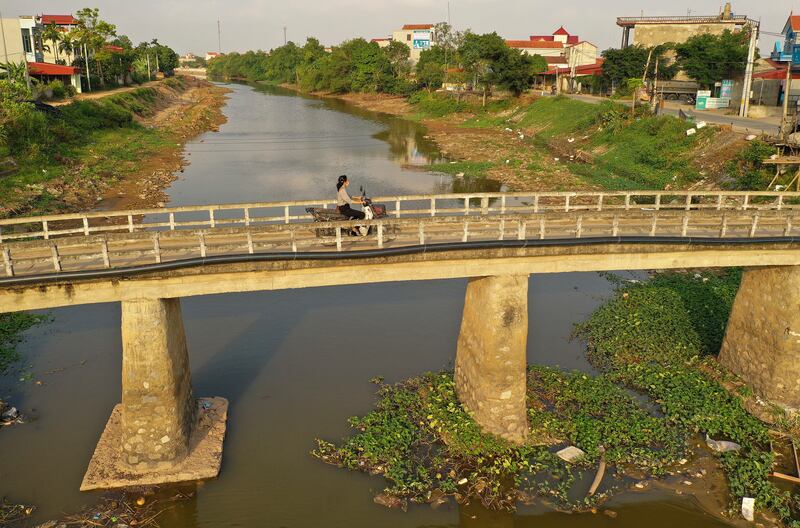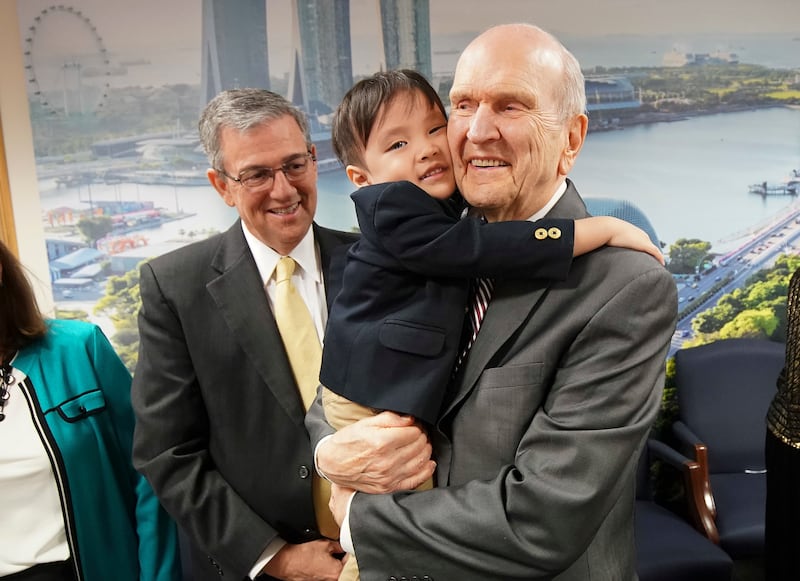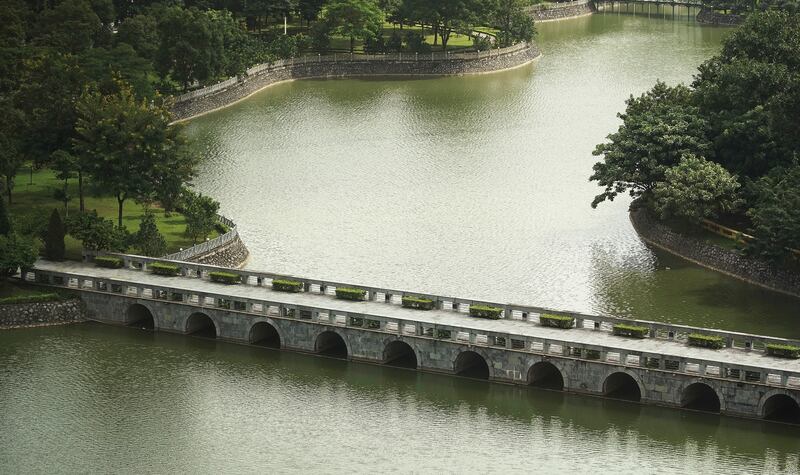I have learned that some in positions of leadership are far more comfortable driving wedges than they are building bridges. In our day of divisive rhetoric and the ongoing culture of contempt, driving wedges is big business for those in pursuit of power and prominence. Bridge builders, on the other hand, are comfortable crafting transcendent structures that they themselves may never cross, leading to new roads of understanding and paths that will transport generations yet to be born to explore the vast opportunities found in the unknown or currently unseen.
We can note the presence of wedge drivers in the world, but we really shouldn’t waste our precious time with them. The most important thing to know about wedges and the people who drive them is this: The tip of a wedge is always pointing down. Struck with blunt-force frustration or anger, the wedge can deliver devastating blows, intended or not, to whatever it contacts.
Wedges are deployed online, delivered in the media and most sadly driven into human hearts. Wedge drivers splinter the spirit of cooperation, separate and segregate potential allies and split communities and organizations. There are too many who have learned to profit by driving wedges. In politics and international business, wedge driving is becoming a prerequisite to positions of power.
There are two major byproducts of wedge drivers. First, when individuals or organizations believe they are too divided by a wedge issue, progress stops, communication ceases and mutual understanding is undermined. Second, with the perception of impasse created by the wedge, those in power are able to remain in power despite their inability or unwillingness to move the issue or lead the people forward.
History, however, has proven that leaders interested in leaving lasting legacies are bridge builders. Bridges connect. Bridges take you to new places. Bridges enable travelers to traverse troubling waters, transcend perilous divides and be transported beyond dangerous ravines. Bridges take you forward, onward and upward.

On Nov. 19, 1863, one of history’s greatest bridge builders delivered an address at Gettysburg that is the clarion call for the ages to lay aside our wedges and engage in bridge building. President Abraham Lincoln declared in just 272 words the pattern for laying bridges, saying in part, “It is for us the living, rather, to be dedicated here to the unfinished work which they who fought here have thus far so nobly advanced. It is rather for us to be here dedicated to the great task remaining before us — that from these honored dead we take increased devotion to that cause for which they gave the last full measure of devotion — that we here highly resolve that these dead shall not have died in vain — that this nation, under God, shall have a new birth of freedom — and that government of the people, by the people, for the people, shall not perish from the earth.”
This week, while Washington, D.C., delivers a remedial lesson in wedge driving, I have been traveling across southeast Asia witnessing a master class in bridge building.
President Russell M. Nelson, president of The Church of Jesus Christ of Latter-day Saints, is known to millions as a prophet. Thousands know him as a world-renowned heart surgeon. He may actually do his best and most important work as a master bridge builder.
“The understanding of the brotherhood of man and the sisterhood of women can only take place as we understand the fatherhood of God. This understanding inspires us with a passionate desire to build bridges of cooperation.” — President Russell M. Nelson
As a world religious leader, President Nelson inspires many to focus on building a bridge to God. He is also concerned with and consumed by his passionate pursuit of constructing bridges that not only connect individuals to God, but also serve to unite the people of the earth as sisters and brothers and inspire cooperation across communities and organizations.
President Nelson has repeatedly said, “The understanding of the brotherhood of man and the sisterhood of women can only take place as we understand the fatherhood of God. This understanding inspires us with a passionate desire to build bridges of cooperation. ...”
On Nov. 19, 2019, exactly 156 years following Lincoln’s sermon to bind up the nation, President Nelson was meeting with government officials in Cambodia along with members of the church in the region. He had already met with such leaders in Vietnam. His bridge building hasn’t been limited just to government leaders, though that has become an important hallmark of his global tours. He has met with other world religious leaders and faith groups, along with those who partner with the church to build bridges of opportunity to deliver humanitarian services. President Nelson understands that bridges are never built alone and gratefully acknowledges all who strive to build.

Bridge building is hard work and requires a lot of patience and heavy lifting. President Nelson spent decades constructing bridges into the nations of eastern Europe — one relationship at a time. Far from the spotlight, he toiled in anonymity, often without success, progress or even much hope. But the indefatigable bridge builder never slackened or ceased his efforts. He said, “The Lord loves effort. Then He blesses our efforts.” Such efforts ultimately led to a bridge into eastern Europe and many of the former Soviet bloc countries. Today, his effort continues as he labors on bridges of cooperation that span the globe and are being strengthened this week in Vietnam, Cambodia, Singapore and Indonesia.
Like President Lincoln, President Nelson understands that people are poor, not because they lack money, but because they lack connection to people and opportunity. Both these bridge builders believe bridges are the key connection to physical and spiritual well-being.
Lincoln strove to spiritually heal the damage to the soul of the nation through his words and leadership. Lincoln also worked to physically connect the people to opportunity through real roads, canals and bridges. President Nelson is likewise removing the destructive wedges in broken hearts, while continuing to travel the globe to build bridges of understanding and cooperation.
Anyone can drive a wedge. It takes a leader to build a bridge.



